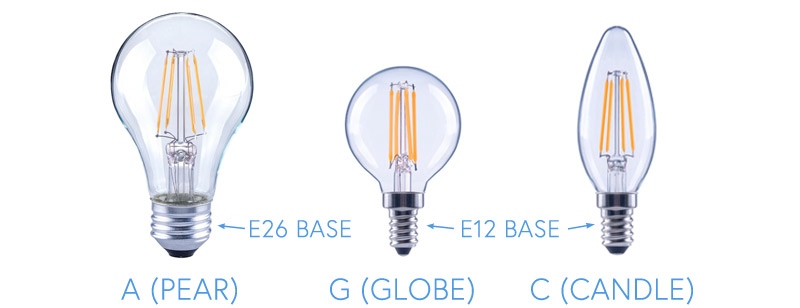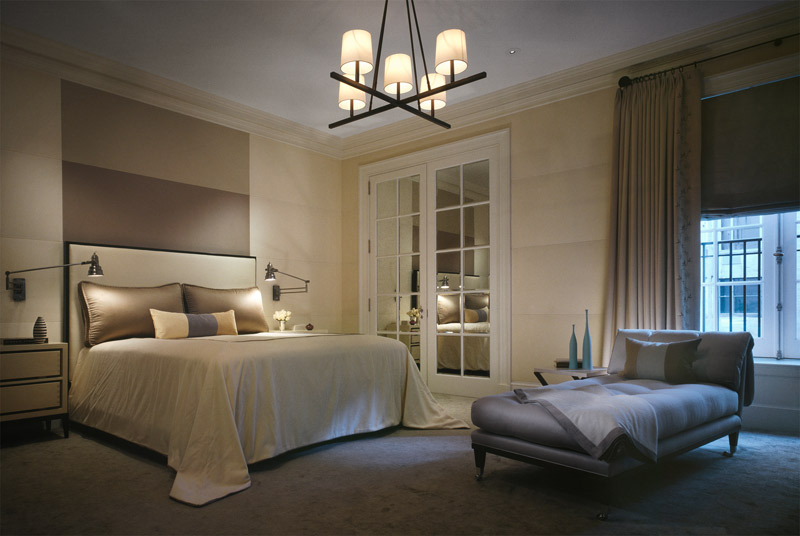Remember the old joke about how many people it takes to change a light bulb? Well, it can take even more people to just buy the replacement bulb. Figuring out how to replace your incandescent or halogen light bulbs with LED ones might feel overwhelming, because LEDs can seem complicated. To help, we put together this simple and straightforward guide. From bulb shapes to lumens to Kelvins, we’ve got you covered.
Types of bulbs: In short, we use LED lightbulbs whenever possible. They are longer-lasting, more energy-efficient, and safer than their incandescent counterparts. We also prefer LED to compact fluorescent (CFL) and halogen bulbs.
Wattage and lumens: Many people talk about the brightness of the bulb in watts. However, wattage actually describes the amount of electricity the bulb uses. Because LED bulbs are more energy-efficient than incandescent, an 18W LED bulb can be just as bright as an 100W incandescent bulb! Instead of watts, we measure light output in lumens. Use the chart above as a jumping off point. Most LED bulbs are labeled with their incandescent equivalent.
Color temperature: LEDs come in many different color temperatures, meaning the quality of the light they give off is warmer (yellower) or cooler (bluer). Color temperature is measured in Kelvins. As a general rule, we like bulbs that are 2700K. They give off a warm white light, similar to incandescent, and are perfect for most areas of the home. The warm white is cozy and inviting. We sometimes opt for cooler 3000K bulbs in kitchens and bathrooms, where you might want a crisp, white light.
Base type: It’s essential that you buy a bulb whose base will fit into the socket properly. The two base types you are likely to have in the home are the standard E26 medium base, or the smaller E12 candelabra base.
Bulb shape/size: Bulbs are given a letter for their shape, and a number for their size. An extremely common household light bulb is the A19. The three shapes you are most likely to have in your home are the standard pear shape (A), globe (G), and candle/conical (C). The number indicates the diameter of the bulb in eighth inches. To calculate bulb size, multiply the diameter of the bulb at its widest point by 8. For example, a globe bulb that measures 1.25” in diameter is called a G14. G, for globe, and 1.25” diameter x 8 = 14.
If you are replacing a light bulb, be sure to inspect the old bulb for information about wattage and size before you dispose of it. We hope this quick guide has given you the knowledge to light your home beautifully. If you have any questions we didn’t cover, leave a comment below!





